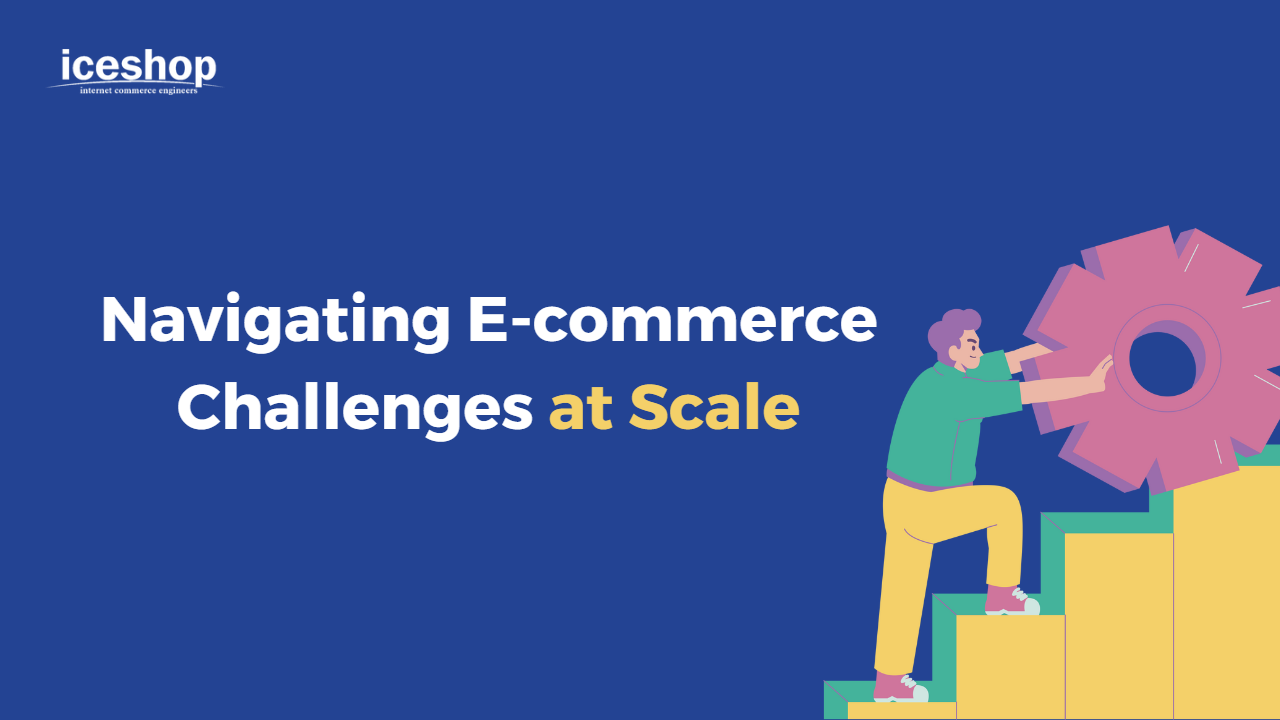The world of e-commerce has witnessed remarkable growth in recent years, with big-scale enterprises playing a pivotal role in shaping the landscape. As these enterprises strive to meet the increasing demands of a digitally-driven market, many unfortunately, encounter challenges in their e-commerce processes. For proactive brands and retailers, addressing process challenges mitigates the adverse effects on the business and also serves as a learning opportunity for growth. This article delves into five significant challenges big-scale enterprises face in their e-commerce processes.
So, what should big-scale enterprises pay attention to?
Challenge 1: Integration of New Solutions Without Breaking Existing Ones
Integrating new solutions without breaking existing ones poses an intricate challenge for big-scale e-commerce businesses. Enterprises often operate with complex and interconnected systems comprising multiple software applications, databases, and third-party integrations. Coordinating the integration of new solutions into this intricate ecosystem demands thorough planning to ensure compatibility and data synchronization. Furthermore, certain legacy systems and outdated technologies introduce additional complexity, as they may not readily align with contemporary solutions, leading to compatibility issues and potential disruptions. Additionally, big-scale enterprises typically handle substantial volumes of data, requiring careful migration and mapping from existing systems to new solutions. Given the complicated process of integrating a unique solution, enterprises must consider the potential risks of downtime and disruptions—for instance, the effects on overall productivity, sales, and customer experience.
Challenge 2: Managing a Large Assortment and Updating Stock and Pricing
Managing a wide assortment and ensuring accurate stock and pricing updates is another major challenge for large-scale e-commerce enterprises. With a wide range of products, organizing and tracking inventory levels and pricing information becomes increasingly complex. Ultimately, coordinating updates across numerous products, variations, and channels can be time-consuming and prone to errors. Moreover, in a landscape where market dynamics constantly fluctuate, the obligation of continually adapting pricing to stay competitive becomes paramount. It is evident that a complete reliance on manual work for managing a large assortment and its associated information in a large-scale operation can lead to considerable drawbacks. Therefore, implementing inventory management systems and real-time pricing updates becomes essential to effectively navigate these challenges and maintain a competitive edge in the e-commerce industry.
Challenge 3: Time-Consuming Management and Filtering
Another considerable challenge revolves around managing and filtering large volumes of data in e-commerce processes. This task can turn quickly into a time-intensive activity that can impede productivity and efficiency. More specifically, manual processes, such as reviewing and categorizing data, can often result in delays and potential errors. One way to address this challenge, is by employing AI-based tools to expedite management and filtering tasks. Another way is to resort to automation systems such as a product information management (PIM) system, which facilitates all the processes regarding your products’ information. Utilizing technology to handle these tasks allows enterprises to focus their resources on other higher-value activities.
Challenge 4: Daily Updates and Timeliness
Regular updates in e-commerce, including product information, promotions, and customer data, are crucial for sustaining competitiveness. However, providing timely updates while maintaining accuracy and consistency can be challenging. Once again, manual processes can slow down the update process and increase the risk of errors. Scheduling tools and automated solutions can be utilized to manage daily updates efficiently. Such tools enable enterprises to automate update processes, ensuring timely and consistent information dissemination.
Challenge 5: Customized In-house Solutions
Developing and maintaining customized in-house e-commerce solutions come with both pros and cons. From a positive standpoint, customization allows for tailored functionalities and unique branding opportunities. However, developing and maintaining such solutions also requires significant time and resources. Utilizing pre-built e-commerce platforms or cloud-based solutions as alternative approaches provides the advantage of faster deployment and ongoing maintenance and support. Last but not least, assessing the trade-offs between customization and off-the-shelf solutions is crucial for big-scale enterprises to determine the most efficient and cost-effective approach for their e-commerce needs.
In Conclusion
Big-scale enterprises in e-commerce are also prone to big-scale challenges in managing internal processes. Nevertheless, it transpires that automation plays once again an essential role in effectively navigating these challenges. With careful attention and strategic planning, enterprises can optimize their e-commerce processes and position themselves for sustained growth in the dynamic digital market.



